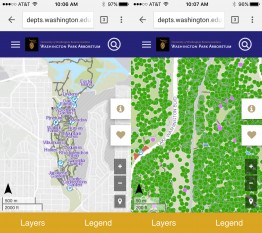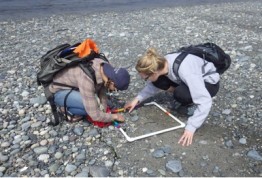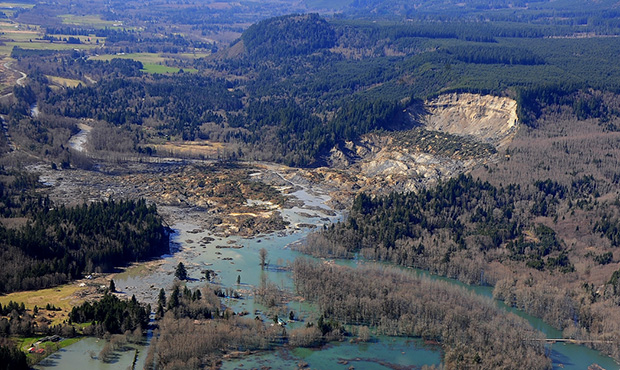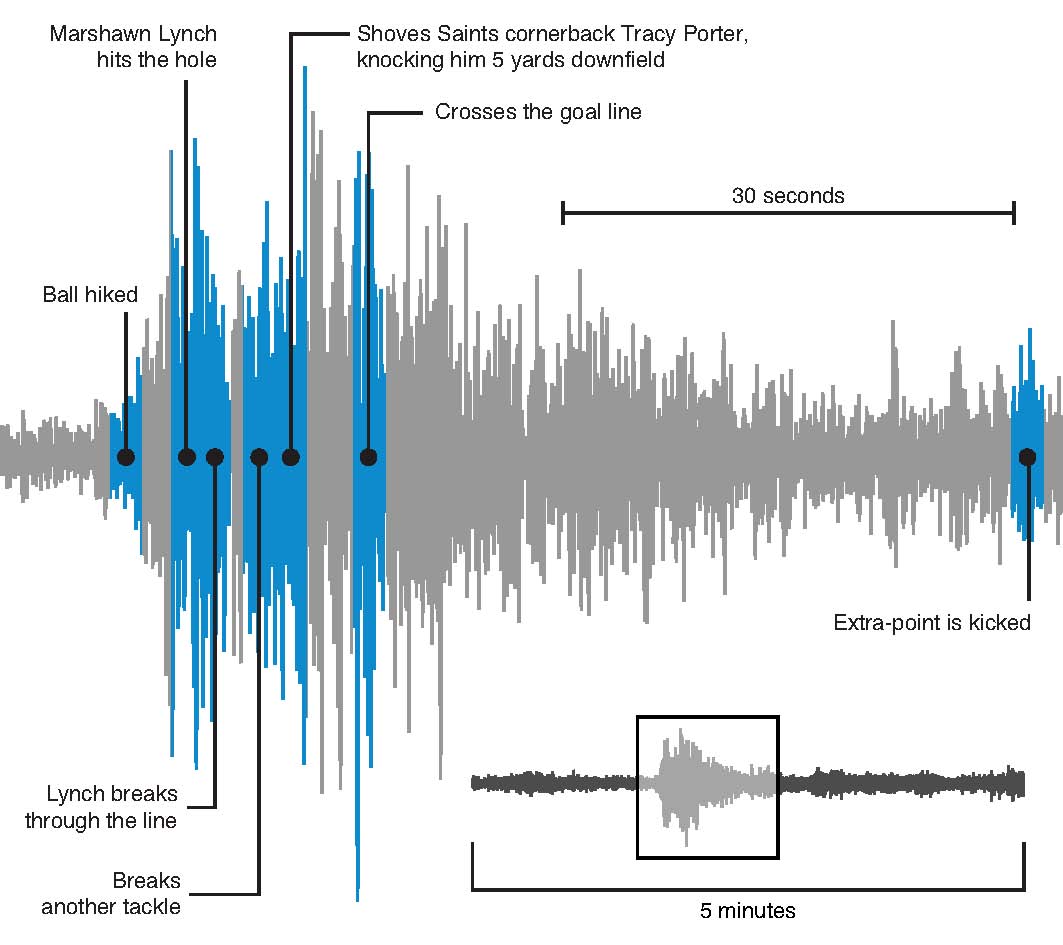First-time visitors and regulars to Washington Park Arboretum can now learn the names and origins of plants as well as save favorites while strolling through the grounds. A new interactive map for smartphones and tablets shows every plant and tree that’s part of the arboretum’s collection, now numbering more than 15,000. Visitors can pull up the map on their phones, locate themselves, then zoom in to see which plants are nearby.
Read more at UW Today »Volunteer scientists contribute up to $2.5 billion in yearly efforts for biodiversity research
Have you ever wanted to don your sleuthing cap and help scientists gather clues about how our world works? A recent study indicates that now, more than ever, citizens are doing just that: collecting data for all types of projects in their spare time, all in the name of science. From counting birds and identifying galaxies to measuring different bacteria in our hot water heaters, citizen scientists are providing a critical service that has a huge economic value…$2.5 billion, to be exact.
Read more »A year later, UW geologist reflects on Oso and the need for better application of landslide science
Earth and Space Sciences’ David Montgomery is one of many University of Washington researchers who have been working to develop and analyze critical data in the aftermath of last year’s landslide in Oso. March 22, 2015 marked one year since the largest recorded landslide in U.S. history decimated a western Washington community and killed 43 people. In the wake of that disaster, Montgomery has some thoughts about how to make landslides less deadly.
Read David's New York Times op-ed »Established and future scientists gather to discuss science communications at this quarter's Amplify event
Spearheaded by the College of the Environment and aimed at jump-starting conversations about science communications, Last Tuesday’s Amplify event focused on identifying strategies researchers can use to effectively communicate their science with elected officials and other decision-makers. For centuries, scientists have skillfully discerned and built upon our common understanding of the natural world and how it works. Often their discoveries occur in a research lab, the field, or the classroom, but today—more than ever—there’s a need to connect those findings to discussions about public policies and procedures.
Read more »How the ‘Beast Quake’ is helping scientists track real earthquakes
It’s not just the football players who have spent a year training. University of Washington seismologists will again be monitoring the ground-shaking cheers of Seahawks fans, this year with a bigger team, better technology and faster response times. Scientists with the Pacific Northwest Seismic Network will install instruments this Thursday to provide real-time monitoring of the stadium’s movement during the 2015 NFL playoffs.
Read more at UW Today »





